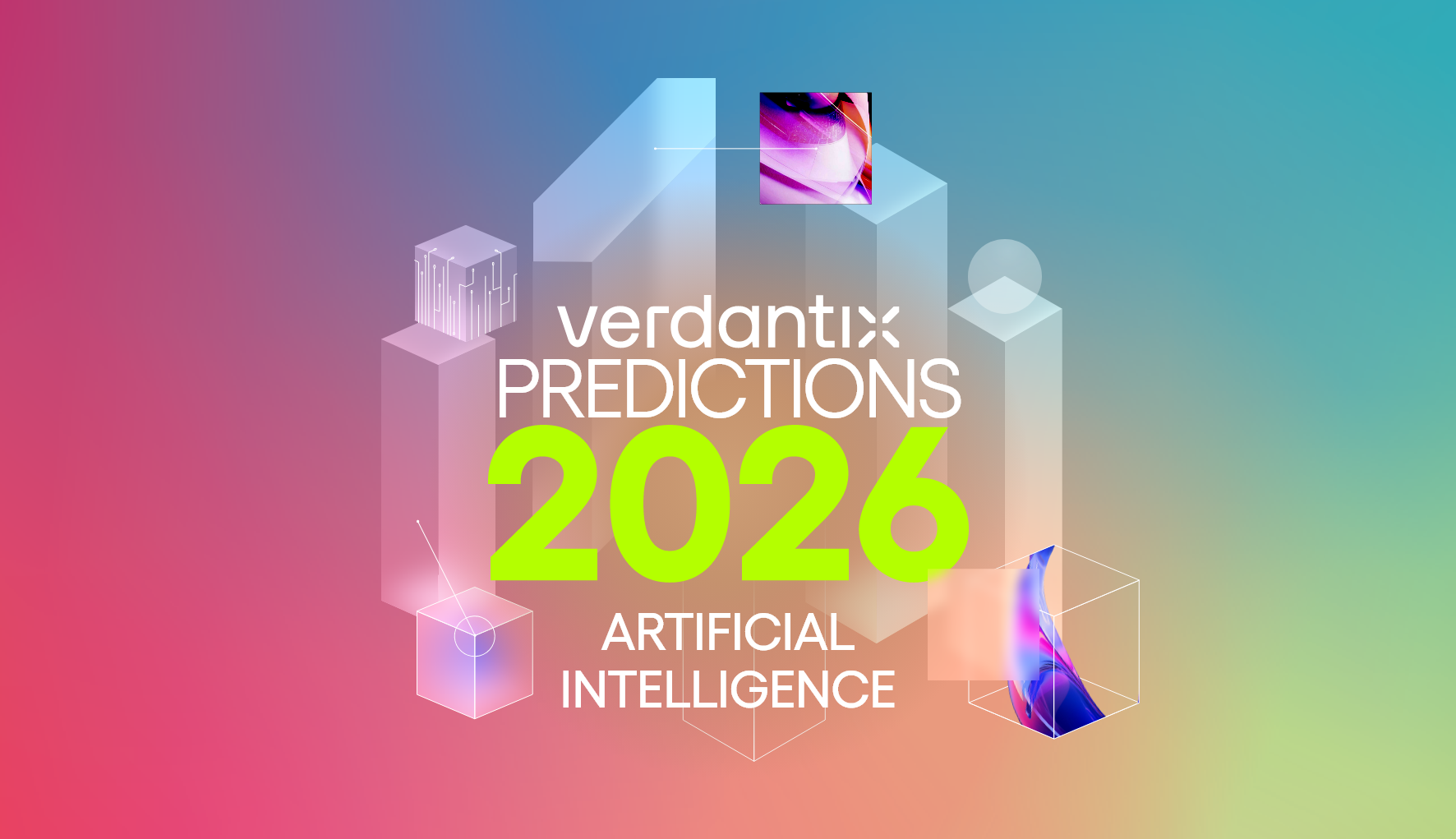Market Insight: Ten Applications Of Large Language Models For Industry

Joe Lamming
12 Jul, 2023
Access this research
Access all Industrial Analytics & Data Management content with a strategic subscription or buy this single report
Need help or have a question about this report? Contact us for assistance
Executive Summary
This report highlights the potential of large language models (LLMs), first brought to the mainstream by OpenAI’s ChatGPT. It details their inner workings and outlines how they can be integrated as agents within current technologies, data structures and industrial procedures, to create substantial market impact. We explore the Transformer architecture, its significance, and its limitations. Drawing upon meticulous analysis of recent academic research, commercial product launches, and contributions from the open-source AI community, this report guides readers through comprehensive explanations and intuitive graphical depictions of LLMs functioning as chatbots, reasoning companions, information retrieval systems and agent-style task completion aides. Our findings illuminate a future in which data management, machine learning and LLMs intersect to fuel unparalleled efficiency and innovation in the heavy industries sector.
Advances in data management and machine learning techniques have become rocket fuel for AI development
Transformer-based LLMs dominate today’s generative AI landscape
Ten applications of LLMs for industrial operations
Transformer-based LLMs dominate today’s generative AI landscape
Ten applications of LLMs for industrial operations
Figure 1. The transformer architecture enables deep language understanding
Figure 2. Encoders distil the meaning of sentences
Figure 3. Transformer decoder LLMs generate text
Figure 4. LLMs can model and predict real-world cause and effect
Figure 5. Retrieval-augmented generation (RAG) can eliminate LLM hallucination
Figure 6. LLM agents can use tools to complete tasks
Figure 2. Encoders distil the meaning of sentences
Figure 3. Transformer decoder LLMs generate text
Figure 4. LLMs can model and predict real-world cause and effect
Figure 5. Retrieval-augmented generation (RAG) can eliminate LLM hallucination
Figure 6. LLM agents can use tools to complete tasks
ABB, Anthropic, Apple, AspenTech, AVEVA, C3 AI, Cognite, DataStax, GitHub, Google, Hexagon, HighByte, Hitachi Vantara, International Electrotechnical Commission (IEC), Meta, Microsoft, NVIDIA, OpenAI, Rockwell Automation, Salesforce Research, Seoul National University, Siemens, SparkCognition, Stability AI, Technology Innovation Institute, ThirdAI, Timeseer.ai
About the Authors

Joe Lamming
Senior Analyst
Joe is a Senior Analyst and Technical Lead at Verdantix, specializing in AI-first platforms and applications and data management. Combining hands-on development of software an...

Malavika Tohani
Research Director
Malavika is a Research Director at Verdantix, guiding research that explores how digital technologies and services are reshaping industrial operations to become safer, more ef...
View Profile






